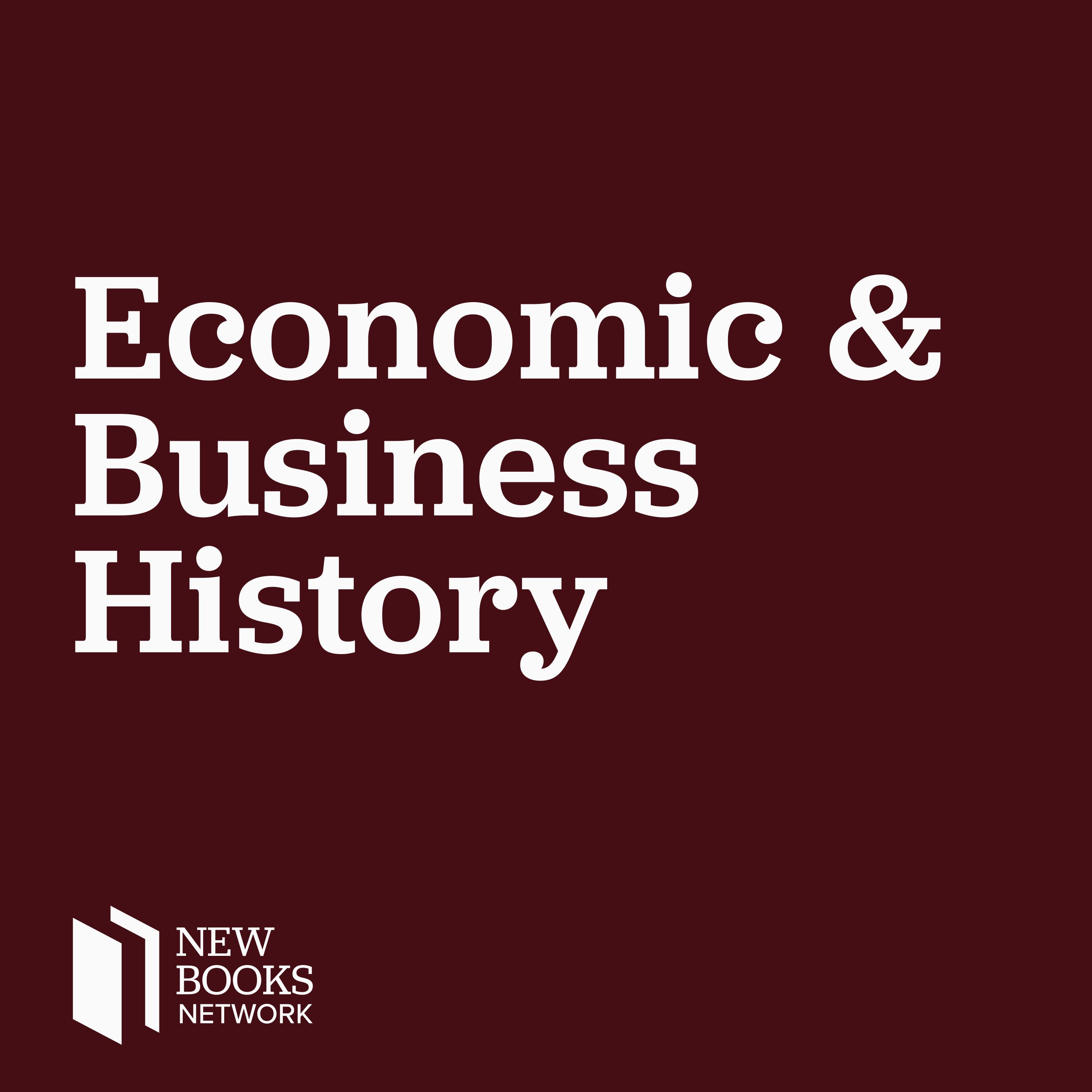
Suzanne L. Marchand, "Porcelain: A History from the Heart of Europe" (Princeton UP, 2020)

New Books in Economic and Business History
Shownotes Transcript
Suzanne L. Marchand's new book Porcelain: A History from the Heart of Europe) (Princeton University Press, 2020)* *balances several histories at once through the story of a single commodity. Rather than a history of art or aesthetics per se—though it certainly touches style and artists— *Porcelain *is at once a business history of mercantile productions, a history of chemistry at the dawn of modern industry, and a history of aristocratic consumption of porcelain as these stories open into an economic history of globalized markets, as well as a social history of sorts of Central Europe’s fledgling bourgeois and lower-class consumer public. Marchand traces these interlocking stories across three centuries, from the first European firing of porcelain in 1708 under the supervision of Johann Friedrich Böttger to the present day, where contemporary tastes threaten to consign the white tableware of Europe’s past to the flea markets of today. Porcelain in Marchand’s hands acts as something like an objet de memoire, to think of Pierre Nora and other scholars’ work on national histories. One of the book’s many virtues is the sense of Professor Marchand reassembling a continental pattern out of several shards.
Porcelain, as Professor Marchand writes, “is a rich and complicated adventure, in which we not only visit lavishly decorated palaces but also linger in blisteringly hot craft workshops and spartan working-class homes. Though actual porcelain objects in all their splendor and strangeness play a central role, the focus is really on the people who made, marketed, and purchased them, whether they were princes, or peddlers, or middle-class housewives.” It is also an attempt to write Central European history in a new way, one that the author hopes will be taken up by other scholars of history and material culture.
John Raimo)* is a PhD. Candidate in History at NYU finishing up my dissertation (on postwar publishing houses) this summer in European history.*
Learn more about your ad choices. Visit megaphone.fm/adchoices)